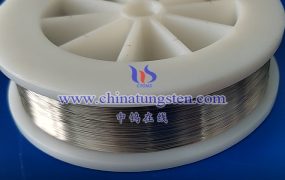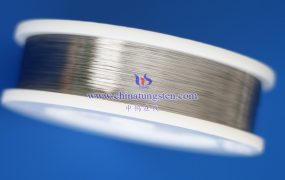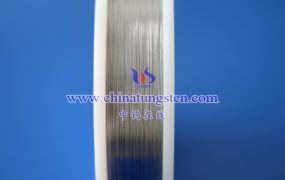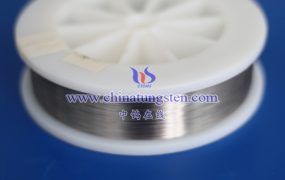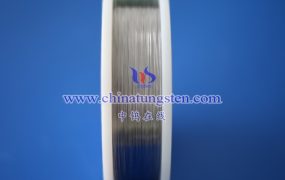The evaluation of the antioxidant performance of tungsten wire is a comprehensive process involving multiple aspects of testing and consideration. The following are some commonly used evaluation methods and steps:
- Understand the basic characteristics of tungsten wire
Tungsten is a metal with high melting point, high density, high strength and excellent thermal conductivity and electrical conductivity. It also has good corrosion resistance and oxidation resistance. These characteristics make tungsten wire widely used in high temperature, high pressure and corrosive environments. However, different tungsten wires have different antioxidant properties due to their different manufacturing processes, doping elements and microstructures.
- Direct antioxidant performance test
High temperature oxidation experiment:
Place the tungsten wire in a high temperature furnace and conduct a long-term oxidation experiment at a set temperature.
Observe and record the oxidation of the tungsten wire surface, such as the formation speed, thickness and color of the oxide layer.
By comparing the oxidation degree of different tungsten wires at high temperature, its antioxidant performance is evaluated.
Thermogravimetric analysis:
Measure the change of the mass of the tungsten wire sample with temperature or time at a program-controlled temperature.
By analyzing the mass loss of tungsten wire at high temperature, its antioxidant performance is evaluated.
- Chemical analysis method
X-ray fluorescence spectrometer (XRF) or energy dispersive X-ray spectrometer (EDX):
For quantitative analysis, Analyze the chemical composition of the tungsten wire surface, including the type and content of oxides.
By comparing the oxide content on the surface of different tungsten wires, its antioxidant performance is evaluated.
Electron probe microanalysis (EPMA):
A high-precision chemical composition analysis method that can be used to analyze the micro-region composition of the tungsten wire surface.
By observing the distribution and content of oxides on the surface of tungsten wire, its antioxidant performance is evaluated.
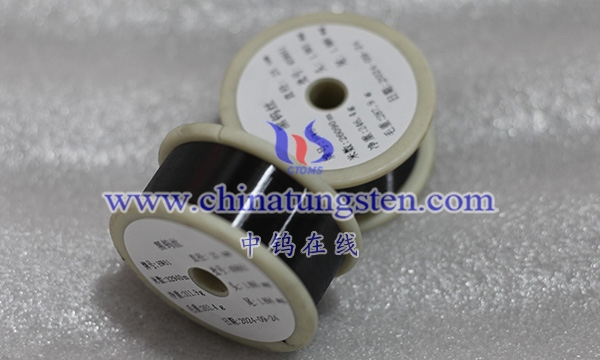
- Electrochemical test method
Polarization curve method:
By measuring the polarization curve of tungsten wire in a specific electrolyte solution, its antioxidant performance is evaluated.
The polarization curve reflects the relationship between the current density and potential of tungsten wire during the oxidation process, which can be used to determine the oxidation rate and antioxidant performance of tungsten wire.
Electrochemical impedance spectroscopy (EIS):
By measuring the electrochemical impedance of tungsten wire in a specific frequency range, its antioxidant performance is evaluated.
The electrochemical impedance spectroscopy can reflect the formation and properties of the oxide film on the surface of tungsten wire, thereby judging its antioxidant performance.
- Comprehensive evaluation and application suggestions
Comprehensive performance test:
Combining the results of the above various test methods, the antioxidant performance of tungsten wire is comprehensively evaluated.
Consider the specific application scenarios and needs of tungsten wire, such as stability and corrosion resistance in high temperature environments, and make corresponding application recommendations.
Third-party testing:
Commission an independent third-party testing agency or laboratory to conduct testing and evaluation to ensure the objectivity and fairness of the test results.
More details of tungsten wires, please visit website: http://tungsten.com.cn/tungsten-wires.html
Please contact CHINATUNGSTEN for inquiry and order of tungsten needles:
Email: sales@chinatungsten.com
Tel.: +86 592 5129595

